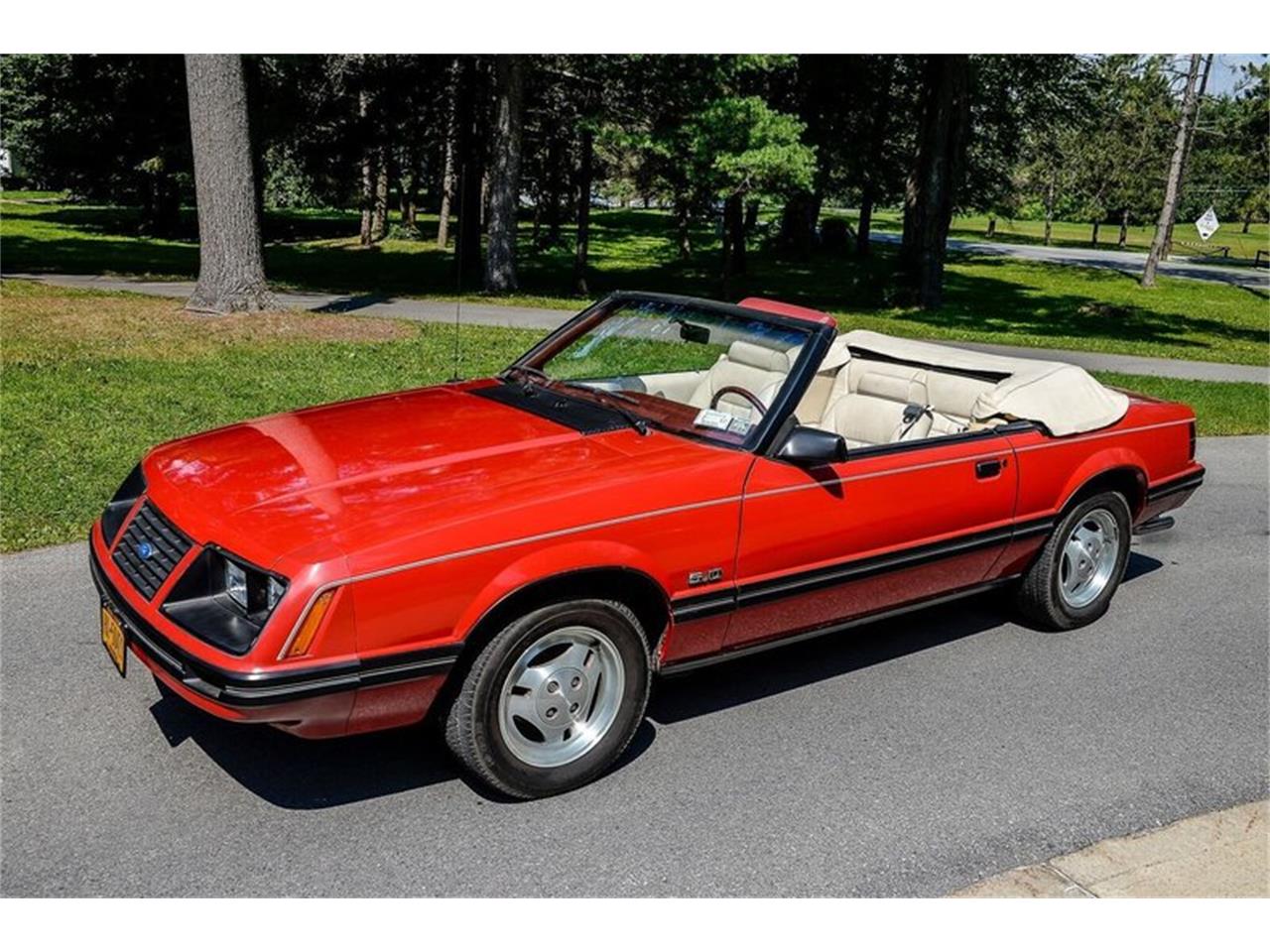

Total production, however, would hit a four year low, with only 120,873 Mustangs built. The GT model received a few updates as well, including a reverse hood scoop, a lower bumper and a smaller integrated air dam. The new taillights were arranged in a more horizontally based configuration that would be the basis for the backend of the rest of the third generation Mustangs. This engine was now standard in the GLX models.Īs mentioned above, none of the models changed drastically, but all received enough styling updates to distinguish them from previous models, most notably the sleeker front that contained the blue oval Ford logo on the grille for the first time on a Mustang. The inline six that had also been around for a couple years had been phased out throughout the 1982 model year, replaced by a 3.8 litre V6 producing 112 horsepower. The less powerful 4.2 litre V8 that had been around for a couple of years was dropped, so the 5.0 litre V8 was the only V8 offered and was standard in GT models (it was also optional for all other models except for the L coupe). GLX and GT trim lines were geared toward luxury and sportiness, respectively.Įngine options changed slightly, as well, with the reintroduction of the turbocharged four-cylinder for the Turbo GT, which produced 145 horsepower, as opposed to the base four cylinder’s 88 horsepower output. All trim models carried over from the previous year, with the base L model reserved for just coupes, and GL being the intermediate trim level available for both coupes and fastbacks. Introduced at the 1982 Chicago Auto Show, it was available in the GLX and GT trim models. The big Mustang news for 1983 was the reintroduction of the convertible option, which had been missing from the Mustang lineup since government regulations outlawed convertibles in 1973.


 0 kommentar(er)
0 kommentar(er)
